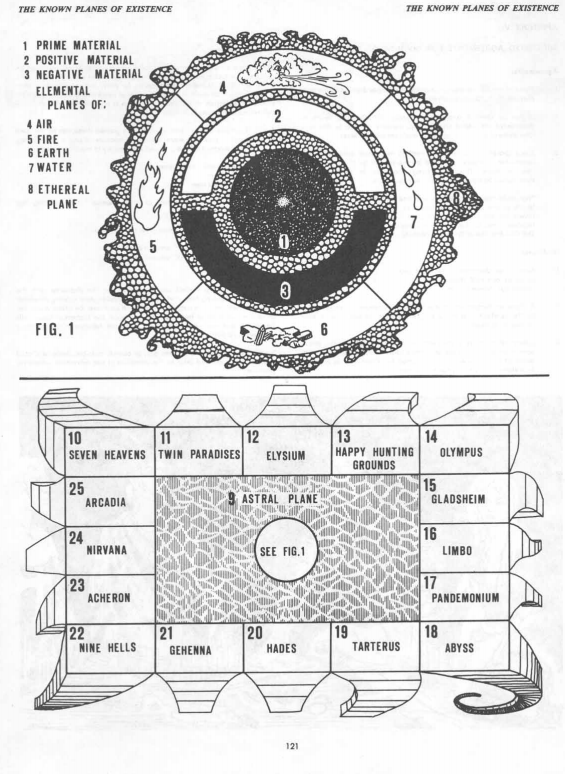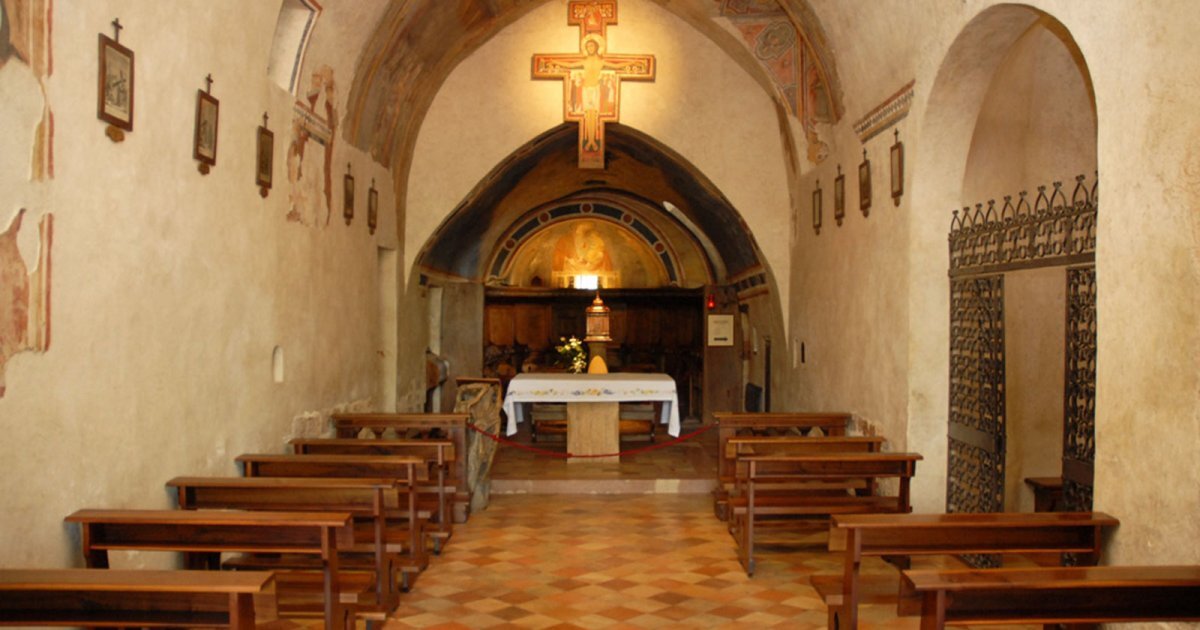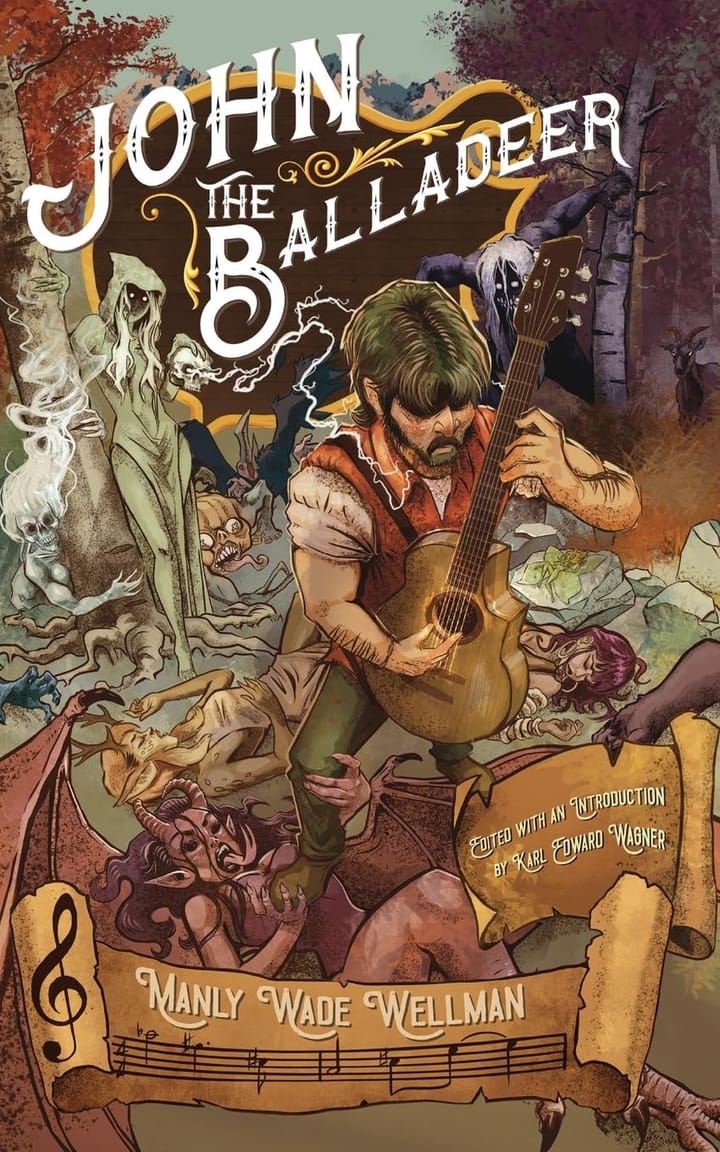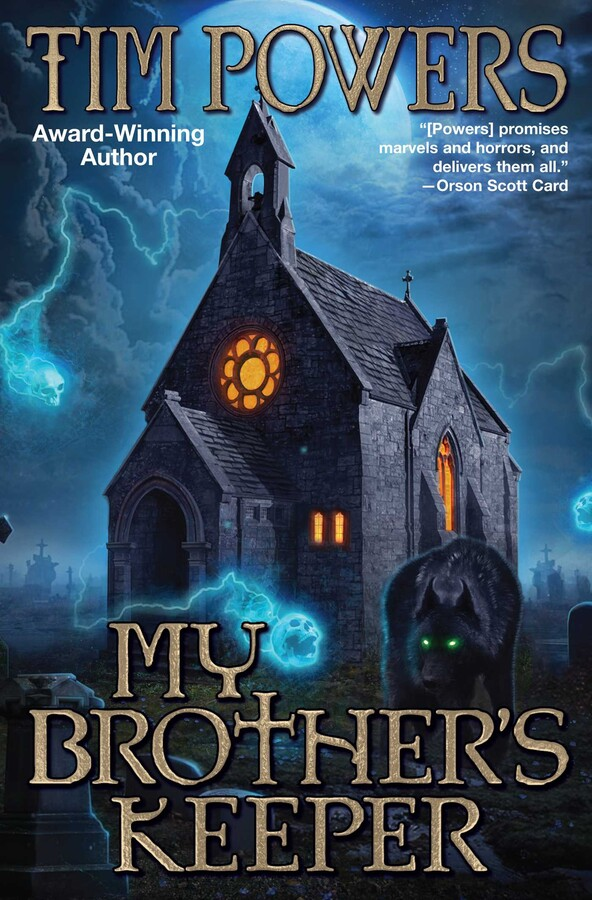The Known Planes of Existence

I had a good comment on my blog post The Church in D&D, and I meant to respond but one thing led to another and I never quite did.
Commenter nagora says:
I'm a bit confused by your equating a physical church with Catholicism but in any case we saw the problem right from the off in ~1978. D&D clerics are Christian and that simply didn't work. Not because of D&DG, but because of Conan.
We didn't want to play characters in Christendom - we wanted to play characters in a fantasy world of adventure, not one of tedious metaphors, disgusting institutionalised hypocrisy and fraud, and distasteful condemnation of free thought (Christian Europe, in other words).
What went wrong with D&DG (and not with GD&H, with its looser structure), was that it didn't provide much to support an alternative and equally sincere religious world-view. This stands out in relation to undead turning, of course, but also in the lack of distinctive spells for each deity. The work should have been integral and there is a space for such a work done well. But by and large it was trying to solve the wrong problem.
On top of that, fear of being condemned by the always-forgiving and tolerant Christians who dominate American culture, meant that the game didn't even provide much support for the implied Christian church of the rules.

The metaphor of the physical church building for the Church, the mystical body of Christ, is an old and venerable one. Perhaps the best known example is the vision of Saint Francis at San Damiano, where God told Francis to rebuild his church, and Francis dutifully stacked up the bricks of the tumbledown structure until he realized that God meant something else entirely.
As I noted in my follow-up post Dark Heritage on D&D and the Picaresque, D&D started off with some pretty important assumptions baked into its rules that limited how well it would work in some settings. So, if like commenter nagora, you really wanted to play a game set in Cimmeria, the Christendom inspired Cleric class is a poor fit.
I think the most straight-forward solution to this is: don’t play D&D then. D&D is a hilariously uneven mashup of Conan and Three Hearts & Three Lions and Fafhrd and the Grey Mouser and Elric. If you insist on dropping elements you don’t care for, there is a real risk of warping the game beyond recognition. And his is exactly what has happened over time as players who wanted D&D to be something it wasn’t cast about for solutions.
Even in 1978, there were other fantasy-setting games available. Now of course, there are dozens, if not hundreds of options available. From the point of view of RPGs as a hobby, this is great! From the TSR-Gary point of view of the late seventies, and early eighties, this was a problem. Out of a desire to increase market share, various patchwork attempts were made to try to allow campaign settings at odds with foundational game concepts. As previous posts noted, this was not entirely satisfactory, but as D&D was always a bit muddled people could and did just muddle through.
At the ever interesting Grognardia blog, James Maliszewski features a scathing review of Deities & Demigods from 1982 and the response at the time of Lawrence Schick, the editor of the volume, plus an updated response from Schick in the comments. Schick was editor, but not the author, of Deities & Demigods. The primary author was James Ward, and Ward and Schick had real different ideas about how such a supplement should work. Schick wanted something sociologically and anthropologically subtle, a font of campaign information. This was after all the era of ecological dungeon-building. Ward just made all the deities into super-powered monsters.
When it comes down to it, I think that I’m on Ward’s side here, with his implicitly Augustinian take on how the deities of myth and legend fit into the inchoate Christian metaphysics that lie behind D&D. If you want an idea of how this all plays out at the table, I can recommend Jon Mollison’s ever useful series, How to Win at RPGs for an explanation.



Comments ()